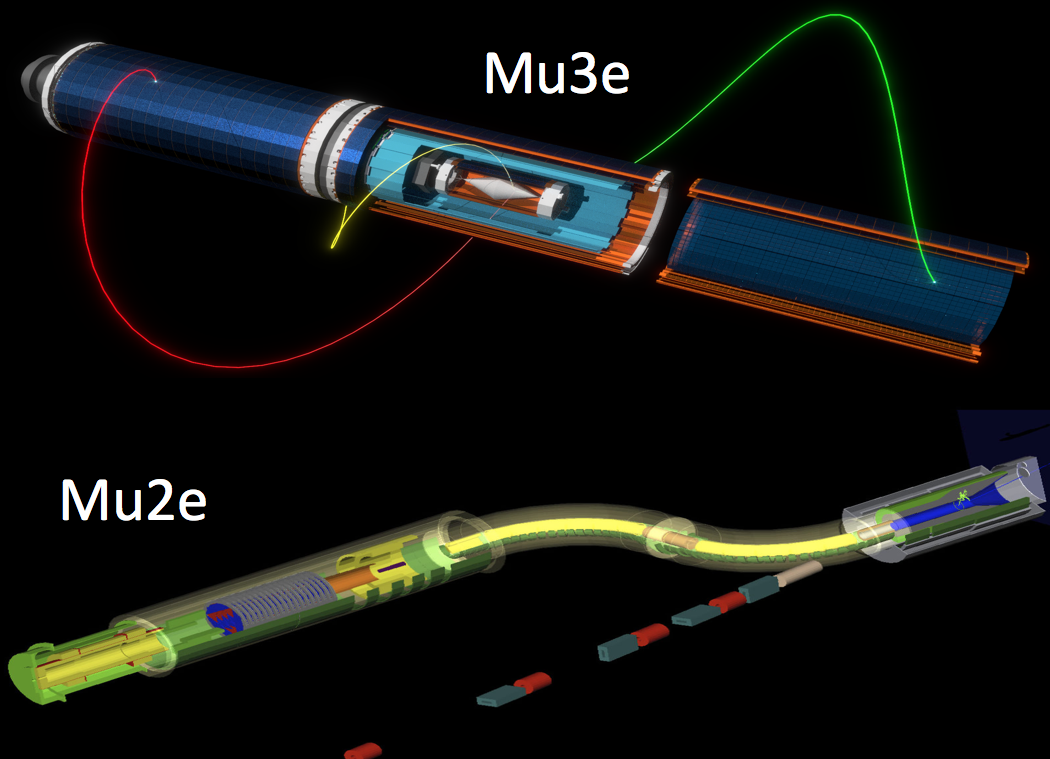PhD Programme for Mu2e/Mu3e (2017-2020)

Mu2e and Mu3e are both seeking to extend the search for charged-lepton flavour violation (cLFV) by over 4 orders of magnitude and thus have a sensitivity to new phenomena at mass scales 5-10 times higher than previous cLFV experiments and in many instances with a sensitivity to phenomena at masses well beyond the reach of the LHC. For example, they have a sensitivity to anomalous (flavour-violating) Higgs couplings 8 orders of magnitude beyond the LHC sensitivity, sleptons in split-SUSY models up to masses of 300 TeV and leptoquarks up to 250 TeV. The lack of evidence for new physics coupling to quarks at the LHC mandates that a broader search for new phenomena be carried out. cLFV can only occur in the SM due to neutrino oscillations over a very short distance and is highly suppressed and any signal would thus be unambiguous evidence for new physics. In both the SM and beyond, the phenomena of cLFV is intimately connected with the possible mechanisms that provide neutrinos with mass and explain why this mass is so small e.g. seesaw models and which also provide a mechanism to explain the baryon matter asymmetry in the universe through leptogenesis.
Mu2e will not begin data taking until late 2020 i.e. towards the end of a 3.5 year studentship commencing in Oct 2017 whereas Mu3e is expected to take data in 2018/19. In the first 18 months of the PhD, the student will work on the clock and control system for the two experiments that needs to be ready in Oct 2018 for Mu3e and Jan 2019 for Mu2e. This system will be tested at Liverpool with the Mu3e HV-CMOS silicon modules and the Mu2e HPGe stopping target monitor (STM). The student will also take part in a testbeam to characterise the behaviour of the STM at high radiation exposures at HZDR. Having completed the hardware aspects of the project, the student will transfer to the analysis of the first data from Mu3e, the majority of which is expected to be accumulated in 2019. A key aspect of the Mu3e analysis is the rejection of overlapping events that fake a signal and which can be mitigated through precise timing information from scintillator detectors: the student will work on the analysis of the timing data, particularly since this is directly connected to the clock and control system. A careful cross calibration of the tracking and scintillator data will be required to limit and accurately determine the background. The student will also seek to improve the timing information from the silicon detectors and they will naturally be part of the team that publishes the first cLFV limit from the experiment.
The project will be supervised by Prof. Mark Lancaster and Dr Gavin Hesketh.
